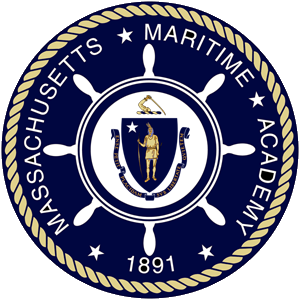MT-3221
Electronic Navigation
Course Description
This course contains knowledge of basic signaling and radiotelephone communications, including Morse code, flashing light, International Code of Signals, and of distress, urgent, safety, and navigational messages. Students will gain knowledge of basic theory of electronic navigational aids and instruments, such as GPS, DGPS, AIS, fathometers and speed logs. At completion, students will appreciate the danger of exclusive reliance on information gained from instruments [Lab time required]
This course consists of three 1-hour lectures and one 2-hour lab per week for a semester with a comprehensive final examination.
Learning Objectives
Demonstrate knowledge and understanding of the following STCW elements:
- OICNW-A1.04 Ability to determine the ship’s position by use of electronic navigational aids
- OICNW-A8.1 Ability to use the International Code of Signals
- OICNW-A8.2 Ability to transmit and receive, by Morse light, distress signal SOS
- OICNW-A8.2 visual signalling of single-letter signals as also specified in the International Code of Signals
- GMDSS-11.14 use of the International Code of Signals and the IMO Standard Marine Communication Phrases
Topics
Lecture
- Pub HO 102 - International Code of Signals
- Signaling
- Basic Electrical and Radio Theory
- Communications Basics
- Navigation Systems
- GPS
- DGPS
- eLoran, Backup to GPA
- Hydro-Sonic Navigation Systems
- Echo Sounder
- Speed Logs
- Vessel Control Systems
- Gyro Compass
- Fluxgate Compass
- Steering Systems
- Automatic Identification System (AIS)
- ECDIS
- Communications Principles
- GMDSS Introduction and Overview
- GMDSS
- GMDSS Rules and Regulations
- FCC Element 1 Exam Preparation
Laboratory
- Morse Code
- Signal Flags
- Basic Electronics Test Equipment
- GPS 90
- VHF Radio
- SART
- EPIRB
- NAVTEX Equipment
- NAVTEX STCW Competency Practice
